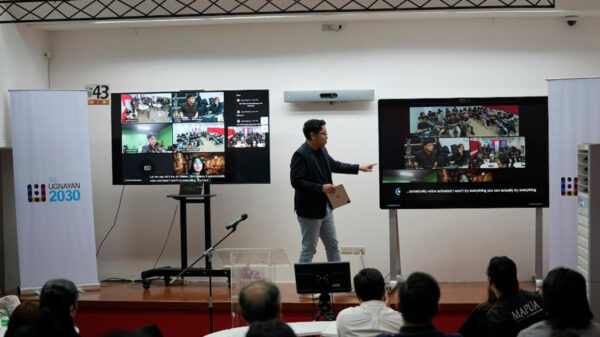The Philippines continues to make progress in cloud computing as it rose from last place in 2012 to 10th in the 2014 Cloud Readiness Index released by the Asia Cloud Computing Association (ACCA).
The index assesses 14 countries on their ability to support cloud services. Bernie Trudel, Asia Cloud Computing Association Chairperson and Cisco Asia-Pacific Chief Technology Officer, said that the study involves 10 parameters that have impact on the infrastructural and regulatory preparedness to adopt cloud computing in the region.
Trudel enumerated the factors as broadband quality, international connectivity, government regulations, data center risk, power grid and green policy, privacy, data sovereignty, intellectual property protection, business sophistication, and freedom of information access.
Progress in most parameters
According to the Index, the Philippines now belongs to the group known as the middle band of economies or dedicated improvers where progress is being made in most parameters.
The Philippines was ahead of most countries as far as freedom of information is concerned. The country’s core strategy for a successful cloud adoption is to focus on developing strong cloud-friendly industries such as business process outsourcing.
In terms of data sovereignty, the Philippines ranked as the most stringent country for allowing use of cloud by the FSI industry.
In another ACCA study, the Philippines ranked 9th out of 14 countries in terms of cloud usage by small and medium enterprises (SMEs), excelling in indicators such as affordability, demand drivers (BPO, tech and retail) and early adoption.
Trudel said that he is very positive about the Philippines that it can continue to move up the index ranking.
Mario Luis Castaneda, Country Manager at Cisco Philippines, said that leveraging cloud is a factor that can help improve the services of local companies so they can keep pace with companies in the Asian economic community.
Cloud traffic will dominate the global data center traffic
Meanwhile, the third annual Cisco Global Cloud Index (2013-2018) forecasts that the global cloud traffic will dominate the global data center traffic over the next five years, with a combined annual growth rate of 23%, up from 3.1 zettabytes/year in 2013 to 8.6 zettabytes/year in 2018.
With global data center traffic for the five-year period projects to grow nearly triple, cloud traffic is also forecast to significantly grow, accounting for 76% of the total global data center traffic in 2018, from 54% in 2013.
The study also projects that half of the world’s population by 2018 will have residential Internet access, and more than half of those users’ (53%) content will be supported by personal cloud storage services.
Although the adoption rates of cloud technology have shown significant improvements, the study says that more workloads will still be processed in private cloud environments.
Majority of cloud workloads will still be private cloud-related
“When people discuss cloud, they often focus on public cloud services or public cloud storage services. However, a very significant majority of today’s cloud workloads are actually processed in private cloud environments. Even with public cloud workloads having significant growth, by 2018, almost 70% of cloud workloads will still be private cloud-related, requiring the ability of workloads to bridge across a hybrid private/public cloud environment,” said Kelly Ahuja, Cisco’s Senior Vice President, Service Provider Business, Products and Solutions.
Castaneda adds that most Cisco clients in the Philippines adopt the enterprise private cloud environments.
The study, however, says that the processing of cloud workloads in private cloud data centers will be reduced to 69% or 113.5 million by 2018, from 78% (442 million) in 2013. In contrast, more cloud workloads will be processed in public cloud data centers, growing from 22% (12.7 million) in 2013 to 31% (52 million) by 2018.
The study also assessed cloud readiness among countries and found out that the number of those which deemed “cloud ready” is growing. Countries which met the single advanced application criteria for fixed network totaled 109 in 2014 compared with 79 in 2013; while those that met the intermediate single application readiness criteria for mobile networks numbered 52 in 2014 as against 42 in 2013.






















































































































